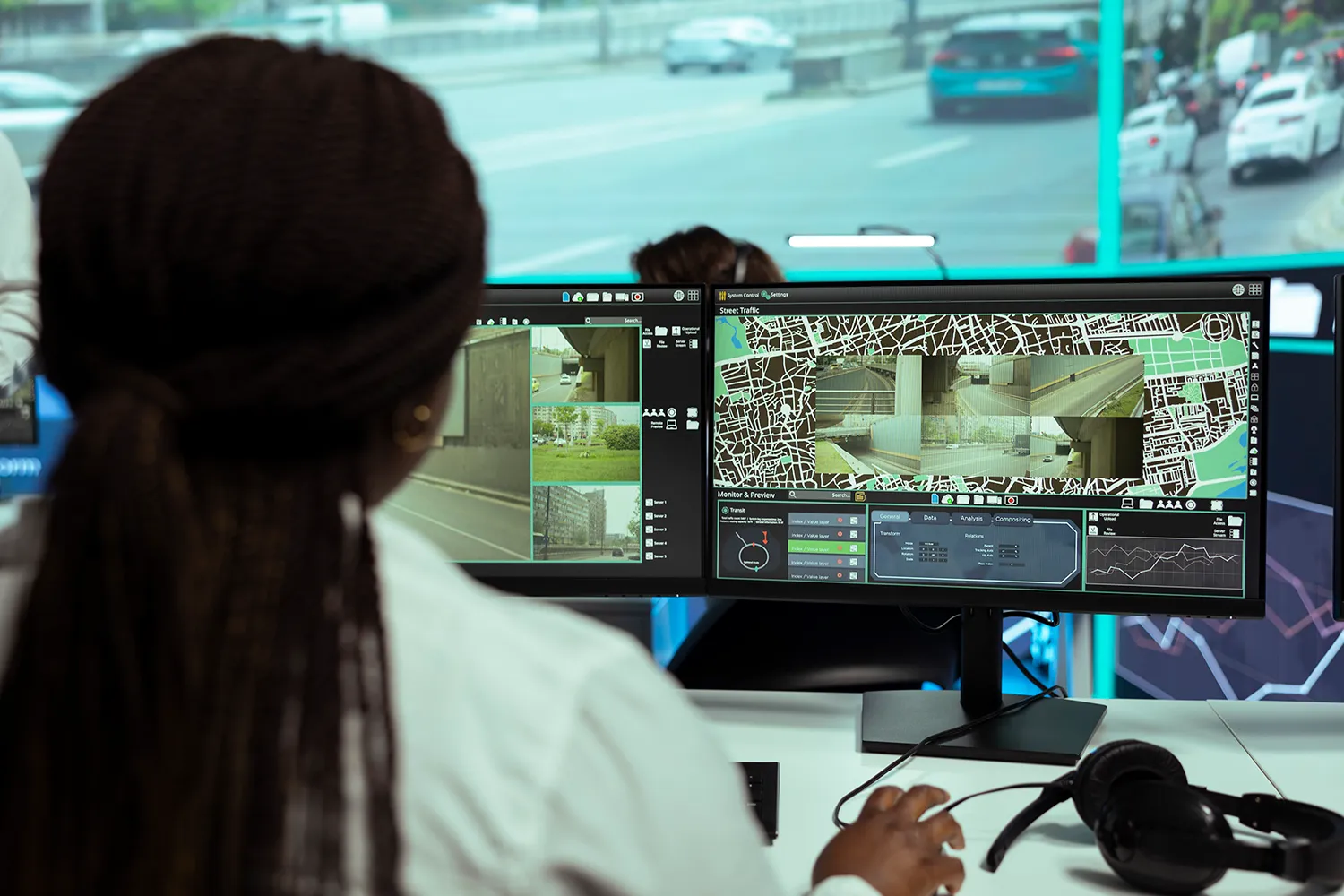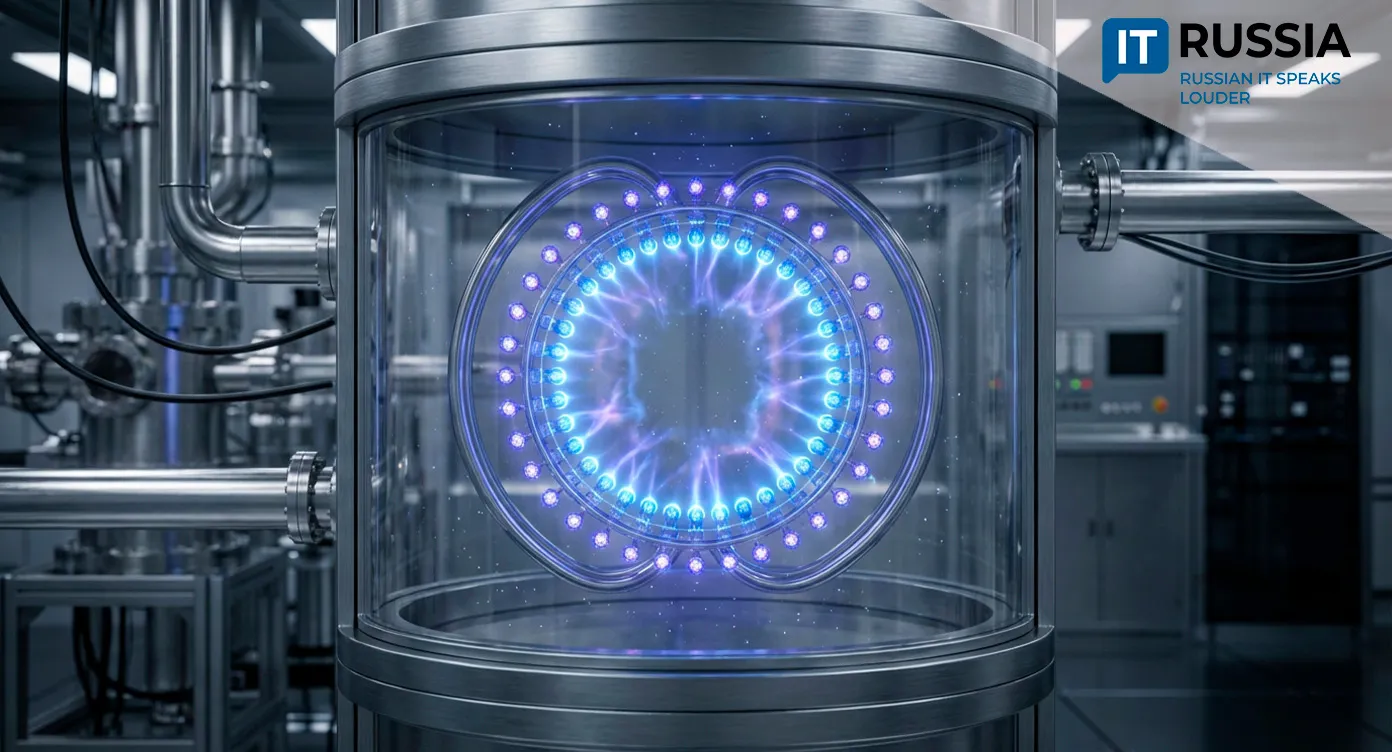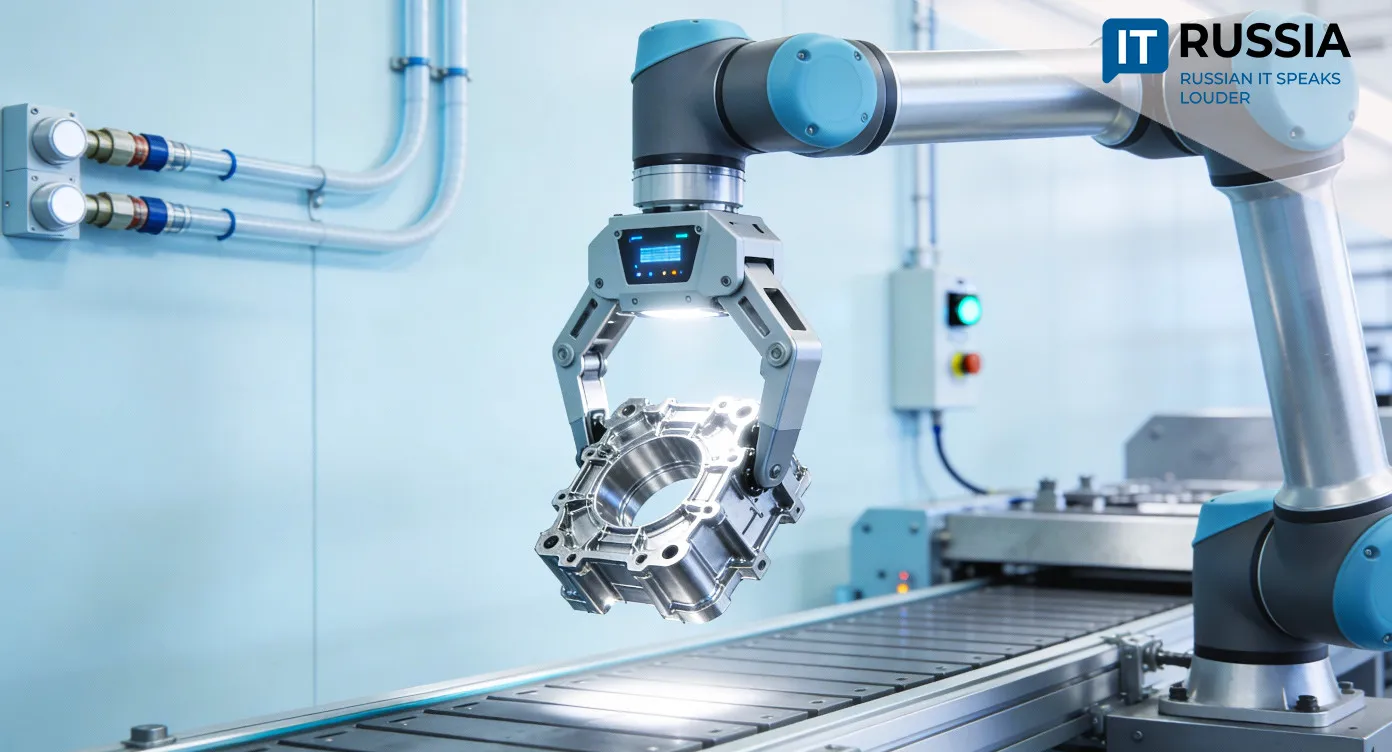Driverless Cranes and Construction Robots: Technology Reshapes the Future of Russian Building
Autonomous cranes, robotics, and AI-driven systems are no longer science fiction—they are entering Russia’s construction sites, promising safer, faster, and more efficient building while addressing labor shortages and supply chain pressures.

Russia Sets a New Construction Rhythm
Russia has unveiled a strategy to transform its construction industry through digitalization, automation, and improved energy efficiency.
By 2030, the plan aims to reduce investment and construction cycle times to 1,000 days, boost labor productivity by 22.8%, and fully digitize design and construction processes. These objectives are central to the federal program “New Rhythm of Construction.”
Key technologies outlined by the Ministry of Construction include modular and additive building methods, robotics and digitalization of processes, the use of drones, and lifecycle assessments of projects that balance safety with economic efficiency.

Green Light for Autonomous Cranes
The deployment of unmanned tower cranes and robotic systems is one of the most promising directions for Russia’s construction sector. Pilot projects both in Russia and abroad have already demonstrated their economic and technical feasibility.
The main drivers are labor shortages and the urgency of digital transformation. For everyday citizens, this translates to faster, safer, and eventually more affordable housing. Autonomous cranes reduce accidents in high-risk zones, while automated systems prevent collisions, monitor overloads, and enable remote operation via video navigation and AI analytics.
For the industry, the result is higher productivity and partial relief from staffing pressures. The Ministry of Construction estimates that by 2035, the sector will need an additional 850,000 workers. Robotics will help redistribute workloads, shifting employees toward more complex and creative tasks.
Keeping Pace with Global Leaders
At the national level, these initiatives align with Russia’s broader strategy of technological modernization and independence. The country is not only trying to catch up but also to position itself within the global wave of construction robotics.
China remains the frontrunner: Shanxi Construction Investment Group Co Ltd. has already deployed 5G-controlled smart cranes with auto-path planning, anti-collision systems, and centralized control of multiple machines from a single panel—cutting operational time by up to 30%. Such models highlight the export potential of Russian solutions, particularly for markets in Asia, the Middle East, and BRICS nations, provided compatibility and service support are ensured.
Industrial Pilots Lead the Way
Within Russia, the next practical step is pilot projects on large construction sites with remote and semi-autonomous crane operations. Industry already offers successful precedents.

In 2025, Novolipetsk Steel (NLMK) launched an unmanned system for grab cranes, developed by Moscow-based Virsain Innovations, a Skolkovo Innovation Center resident. The technology enables operators to control lifting and transport equipment from remote centers, significantly improving safety and efficiency in metallurgical operations.
Digital Construction as a Response to Challenges
Without regulatory adaptation, even the most advanced technologies will remain stuck in labs. The Ministry of Construction stresses the need to update technical standards, safety rules, and cybersecurity requirements to reflect remote operations. At the same time, it is developing a workforce roadmap through 2035, introducing new qualifications such as unmanned equipment operators, robotics engineers, and digital twin specialists. VR simulators are already in use for training, allowing personnel to practice both routine and emergency scenarios in safe virtual environments.
Scalability depends not only on rules and workforce but also on localization. Expanding domestic production of sensors, drives, software, and service solutions is critical for sustainable development and technological sovereignty.

In the coming years, smart and remotely operated cranes are expected to spread widely in residential construction and infrastructure projects. Initial pilots will likely be launched by major developers and state corporations, with gradual diffusion into commercial construction as costs decrease and expertise accumulates.
The message from the Ministry is clear: robotics in construction has official support, a roadmap, and a strategic role. Russia is adapting global trends to its own realities, building on domestic industrial and scientific achievements.










































